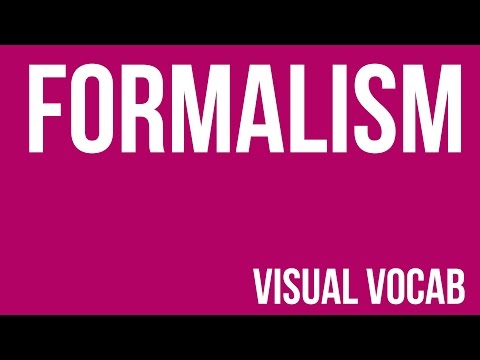2.1: Why It Matters
- Page ID
- 71926
Introduction
Whether an artist creates two-dimensional or three-dimensional art, works in a traditional medium like painting, or makes art using the latest technology, most artists use the same basic visual building blocks of form (elements) and use strategies of visual organization (principles) to achieve visual unity.
In this section you will learn about the differences between form and content and be introduced to the basic elements of art and principles of design. You’ll also learn about types of representation in art. All of these concepts are integral to formalism, which is a method of studying artwork by analyzing and describing it in purely in terms of visual effects.
Check out this video for a quick introduction to formalism:
Take a look at Picasso’s painting, Guernica, completed in 1937. At first glance it’s an incredibly busy and complex arrangement of forms. How can formalism be used to provide compositional understanding of this work? How can it be used to analyze and describe the arrangement of forms and how they contribute to a viewer’s experience and interpretation of the painting? Read on, and you’ll find out.
Learning Outcomes
- Identify and describe the difference between form and content as used in art
- Identify and define the five elements of design
- Identify and distinguish how the principles of design are used to visually organize the elements of design
- Distinguish between representational (realistic), abstract, and nonrepresentational (or non-objective) imagery
- Why It Matters: Elements and Principles of Design. Authored by: Wendy Riley . Provided by: Columbia Basin College. License: CC BY: Attribution
- Formalism Definedu2014From Goodbye-Art Academy. Authored by: Goodbye-Art Academy. Located at: https://youtu.be/72cGGeVwd2g. License: All Rights Reserved. License Terms: Standard YouTube license
- Formalism defined - From Goodbye-Art Academy. Authored by: Goodbye-Art Academy. Located at: https://youtu.be/72cGGeVwd2g. License: All Rights Reserved


